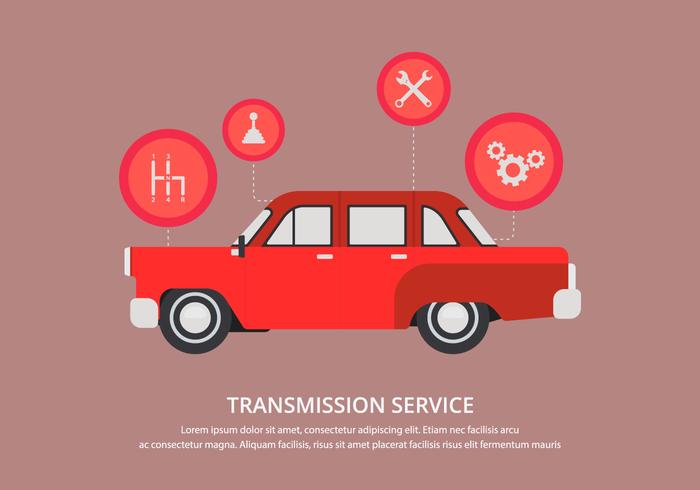Seeking Clearness On The Caution Lights Presented On Your Car'S Control Panel? Figure Out How They Relate To Your Vehicle'S Health And Wellness
Seeking Clearness On The Caution Lights Presented On Your Car'S Control Panel? Figure Out How They Relate To Your Vehicle'S Health And Wellness
Blog Article
Article Author-Faulkner Forbes
When you're behind the wheel, those beautiful warning lights on your dashboard can be a little bit complicated. Do auto valet recognize what they're attempting to tell you about your automobile's health? Understanding the significance of these lights is important for your security and the long life of your vehicle. So, the following time among those lights pops up, would not you wish to decode its message precisely and take the needed actions to resolve it?
Common Caution Lighting and Interpretations
Recognize common warning lights in your auto and understand their significances to make certain safe driving.
The most common caution lights consist of the check engine light, which indicates concerns with the engine or emissions system. If this light comes on, it's crucial to have your lorry checked immediately.
The oil stress advising light indicates low oil stress, calling for immediate interest to prevent engine damages.
A flashing battery light may suggest a malfunctioning billing system, possibly leaving you stranded otherwise dealt with.
The tire pressure surveillance system (TPMS) light alerts you to low tire pressure, affecting car stability and gas efficiency. Overlooking this could result in hazardous driving problems.
interior cleaning indicates a trouble with the anti-lock braking system, endangering your capability to quit quickly in emergency situations.
Finally, https://brakeshopnearme38394.blogdosaga.com/32045826/eco-friendly-auto-outlining-products-you-need-to-try advising light warns of engine overheating, which can result in extreme damages otherwise fixed swiftly.
Recognizing these typical warning lights will aid you deal with issues promptly and keep secure driving problems.
Significance of Prompt Attention
Understanding the typical caution lights in your cars and truck is just the first step; the importance of quickly resolving these warnings can not be emphasized enough to ensure your safety and security when traveling.
When a warning light brightens on your dashboard, it's your automobile's method of connecting a possible concern that requires attention. Ignoring these cautions can bring about a lot more severe troubles in the future, jeopardizing your security and possibly costing you more in repairs.
Prompt focus to alerting lights can prevent breakdowns and mishaps. For example, a flashing check engine light can suggest a misfire that, if left unattended, might create damage to the catalytic converter. Addressing this promptly can save you from an expensive repair.
In a similar way, a brake system alerting light could indicate reduced brake liquid or worn brake pads, important components for your safety when driving.
Do It Yourself Troubleshooting Tips
If you see a warning light on your dashboard, there are a couple of DIY fixing ideas you can try prior to seeking professional aid.
The very first step is to consult your cars and truck's handbook to comprehend what the certain warning light suggests. In some cases the issue can be as basic as a loosened gas cap triggering the check engine light. Tightening up the gas cap might deal with the problem.
One more typical problem is a low battery, which can set off different alerting lights. Examining the battery connections for deterioration and ensuring they're safe might repair the issue.
If a caution light persists, you can attempt resetting it by separating the vehicle's battery for a few mins and after that reconnecting it. Additionally, inspecting your lorry's fluid degrees, such as oil, coolant, and brake liquid, can help repair alerting lights connected to these systems.
Conclusion
Finally, recognizing your automobile's caution lights is vital for maintaining your vehicle running smoothly and safely. By without delay addressing these informs and understanding what they suggest, you can stay clear of costly repairs and potential breakdowns.
Remember to consult your vehicle's manual for particular information on each warning light and do something about it accordingly to make sure a trouble-free driving experience.
Remain informed, remain secure on the road!
